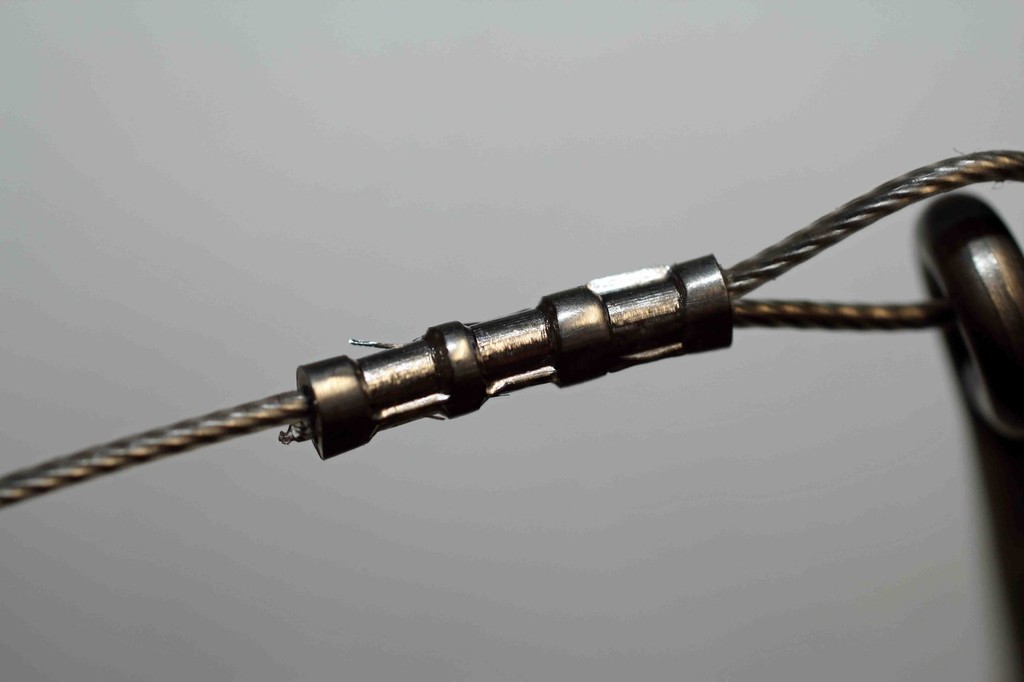Correctly Crimping
by Jarrod Day on 1 Mar 2012

The perfect crimp. Jarrod Day
Crimping is a very useful technique used to join two lines together or a piece of terminal tackle to a leader. Crimping is usually used when targeting game fish as the pressures bestowed on a connection can be far greater than any hand tied knot can cope with.
Although the majority of crimping methods are undertaken in heavy tackle, it can also be used in light tackle. Some anglers out there fish for game fish such as tuna, sharks and marlin and use a light tackle approach in order to obtain a record, whether it be recognised world wide, within a local fishing club or just for personal satisfaction, crimping is a sure way to be confident in your connections.
While crimping may seem simple enough there are few tips to ensure that the method is correct.
Crimping a Flemish eye maybe required especially if targeting big fish. If a crimp fails, the Flemish eye will prevent the wire from slipping out of the snap swivel.
Terminal tackle including hooks can also be crimped to leader ensuring a strong connection.
1. Always use the right crimp for the job. If the wrong crimp is used, the leader or line could slip out of the crimp.
2. When attempting to crimp the line, it is vital that the correct crimping tool is used. Long nose pliers or a hammer does not work.
3. When squashing the crimp use the correct grove in the crimping tool. This will ensure that the crimp is squashed to its correct point ensuring the right tension.
4. Regardless of the style of crimp, whether it is a brass or aluminium crimp, always leave 2mm either side of the end. This will enable the crimp to flair out preventing any damage on the line. Should a crimp be squashed right at each end, the crimps will fold in damaging the line creating a week point.
Game fish are known for finding weakness in an anglers tackle and with the correct crimping methods, you can be confident that the next time you hook something sizeable, it will make it to the boat.
If you want to link to this article then please use this URL: www.sail-world.com/94441

